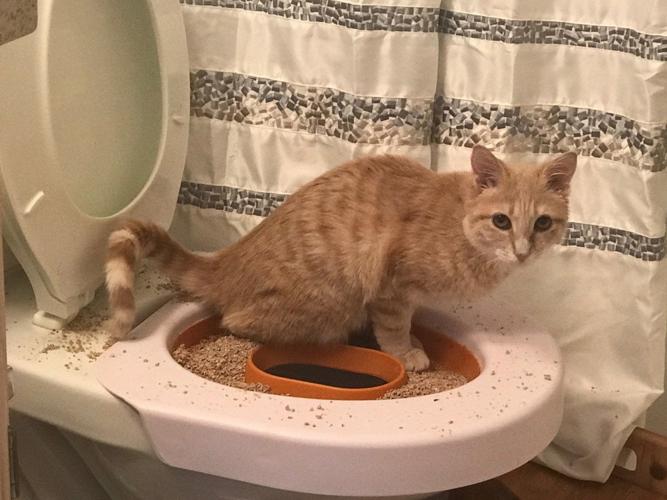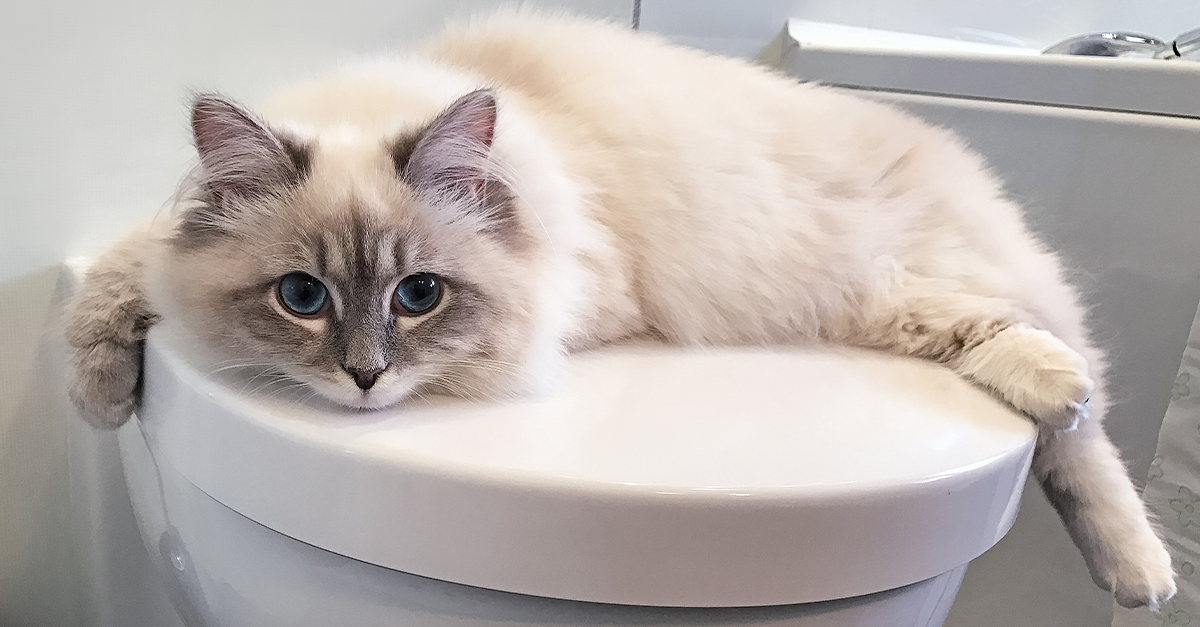Exploring the Risks of Flushing Animal Waste Down the Toilet
Exploring the Risks of Flushing Animal Waste Down the Toilet
Blog Article
The publisher is making a number of good pointers on the subject of Why you should never flush dog poop down the toilet overall in the article beneath.

When it comes to disposing of waste, especially animal waste, many people typically consider the convenient option of flushing it down the bathroom. Nevertheless, this apparently simple service can have serious consequences for the setting and public health. In this post, we'll discover why flushing pet waste down the commode is a negative concept and provide different approaches for appropriate disposal.
Intro
Appropriate waste disposal is vital for preserving ecological sustainability and public health. While it might seem safe to flush animal waste down the commode, it can bring about different concerns, both for the setting and human health.
Threats of flushing pet waste
Environmental influence
Flushing pet waste introduces hazardous bacteria and virus right into rivers, which can negatively impact water ecosystems. These pathogens can contaminate water resources and injury marine life, interfering with delicate communities.
Public health worries
Pet waste contains damaging microorganisms such as E. coli and Salmonella, which can posture significant wellness risks to humans. Flushing pet waste down the bathroom can infect water materials, resulting in the spread of diseases and infections.
Alternatives to flushing
Instead of flushing pet waste down the toilet, there are several alternative disposal approaches that are much more environmentally friendly and hygienic.
Composting
Composting pet waste is an eco-friendly means to throw away it. By composting, organic matter is broken down right into nutrient-rich dirt, which can be used to fertilize gardens and plants.
Landfill disposal
Dealing with pet waste in a garbage dump is one more option. While not as eco-friendly as composting, it is a more secure choice to flushing, as it protects against the contamination of water resources.
Animal garbage disposal systems
There are customized pet dog waste disposal systems readily available that securely and hygienically dispose of pet waste. These systems commonly utilize enzymes to break down waste and eliminate smells.
Actions to correct animal garbage disposal
To ensure correct disposal of animal waste, follow these steps:
Scooping and landing waste
Consistently scoop and bag pet waste utilizing biodegradable bags. This stops waste from polluting the environment.
Using designated waste bins
Dispose of bagged animal waste in designated waste containers, such as garden compost containers or landfill bins. Stay clear of flushing it down the bathroom in all costs.
Cleaning litter boxes and animal locations on a regular basis
Consistently clean litter boxes and animal areas to avoid the accumulation of waste and microorganisms. Use pet-safe cleaning products to maintain hygiene.
Advantages of correct disposal approaches
Adopting proper disposal methods for animal waste supplies a number of advantages:
Reduced environmental pollution
Appropriate disposal methods decrease the risk of environmental pollution, shielding waterways and environments from contamination
Minimized danger of water contamination.
By avoiding flushing pet waste down the toilet, the danger of water contamination is significantly decreased, securing public health.
Boosted sanitation and health
Proper disposal approaches promote much better sanitation and hygiene, producing a much safer setting for both humans and pets.
Final thought
Finally, flushing pet waste down the commode is dangerous to the atmosphere and public health. By adopting different disposal techniques and following appropriate waste management methods, we can decrease the negative effect of pet waste and add to a cleaner, healthier world.
What To Do With Dog Poo – The Do's And Don'ts Of Disposing Of Faeces
Dog poo bins
Some councils provide dedicated dog waste bins in popular dog-walking areas that can take dog poo that has been bagged but you can legally dispose of dog waste in any public litter bin, as long as it is securely bagged. This also applies to your wheelie bin at home.
Do not flush
Water companies do not recommend flushing dog faeces down the toilet because certain parasites can survive the water processing treatment and are potentially harmful to humans. You should also never consider flushing dog poo that has been bagged down the toilet as the bags will not break down and instead create severe blockages in the sewage system.
In the woods
The Forestry Commission promotes a ‘stick and flick’ method for dealing with waste in the woods. This means finding a stick and using it to flick any poo from off the path so that it is out of the way of other walkers. You could also bury it as long as it is not in an area where there might be livestock.
Livestock
Parasites found in dog poo can be transmitted to livestock if they inadvertently eat infected faeces that has been left on grazing land. This could result in the death of sheep or abortion in cattle so you should always make sure you pick up your dog’s waste in fields where livestock could be present.

Consistently clean litter boxes and animal areas to avoid the accumulation of waste and microorganisms. Use pet-safe cleaning products to maintain hygiene.
Advantages of correct disposal approaches
Adopting proper disposal methods for animal waste supplies a number of advantages:
Reduced environmental pollution
Appropriate disposal methods decrease the risk of environmental pollution, shielding waterways and environments from contamination
Minimized danger of water contamination.
By avoiding flushing pet waste down the toilet, the danger of water contamination is significantly decreased, securing public health.
Boosted sanitation and health
Proper disposal approaches promote much better sanitation and hygiene, producing a much safer setting for both humans and pets.
Final thought
Finally, flushing pet waste down the commode is dangerous to the atmosphere and public health. By adopting different disposal techniques and following appropriate waste management methods, we can decrease the negative effect of pet waste and add to a cleaner, healthier world.
What To Do With Dog Poo – The Do's And Don'ts Of Disposing Of Faeces
Dog poo bins
Some councils provide dedicated dog waste bins in popular dog-walking areas that can take dog poo that has been bagged but you can legally dispose of dog waste in any public litter bin, as long as it is securely bagged. This also applies to your wheelie bin at home.
Do not flush
Water companies do not recommend flushing dog faeces down the toilet because certain parasites can survive the water processing treatment and are potentially harmful to humans. You should also never consider flushing dog poo that has been bagged down the toilet as the bags will not break down and instead create severe blockages in the sewage system.
In the woods
The Forestry Commission promotes a ‘stick and flick’ method for dealing with waste in the woods. This means finding a stick and using it to flick any poo from off the path so that it is out of the way of other walkers. You could also bury it as long as it is not in an area where there might be livestock.
Livestock
Parasites found in dog poo can be transmitted to livestock if they inadvertently eat infected faeces that has been left on grazing land. This could result in the death of sheep or abortion in cattle so you should always make sure you pick up your dog’s waste in fields where livestock could be present.

Hopefully you enjoyed reading our part on 10 Things You Should Never Flush Down The Toilet. Thanks so much for taking time to browse our short article. Sharing is caring. You never know, you may very well be doing someone a favor. Thank you for being here. Don't forget to check up our site back soon.
Book Report this page